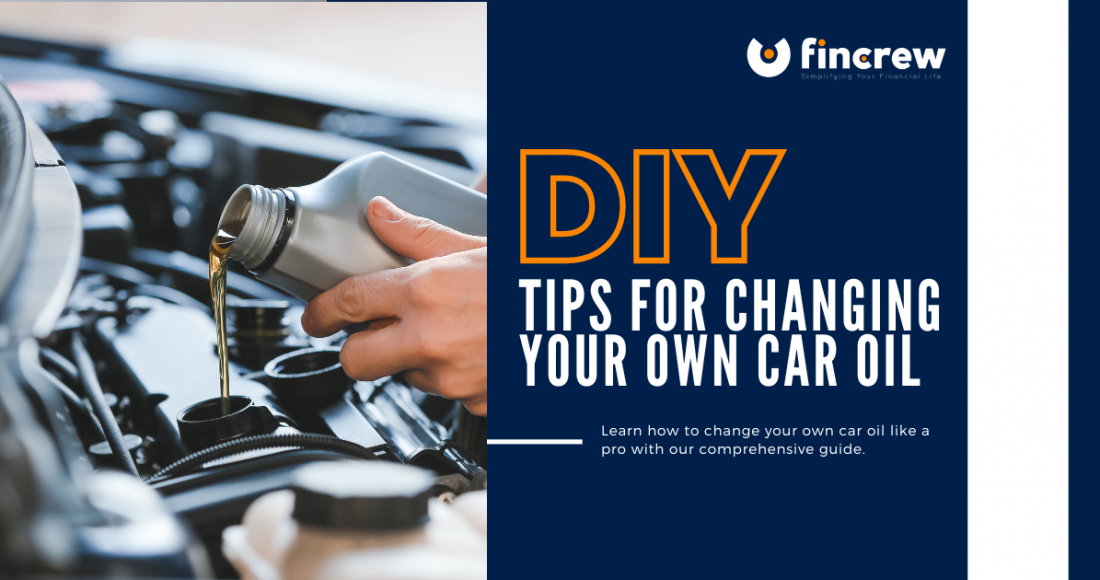Any vehicle owner should know how to change their car oil. It’s a basic process that doesn’t require plenty of effort, but it’s critical to do it properly. Our experts gathered crucial tips you should know when performing an oil change!
1. Use the Right Oil Grade
We’ll start with the basics. The first thing to ensure is that you have the right oil grade for your vehicle. You can check these in a product manual or look at the oil cap on your car. Open the hood, and you will find the cap in the place where you are supposed to put the oil. Now, the weight can be 5w-20 or larger, so make sure to use a suitable product. If you use a higher-grade oil, you might increase fuel use and cause other engine-related problems. The experts advise consulting a local mechanic if you live in colder climates. That’s because drastic temperature drops might compromise car oil performance, too.
2. Never Change Oil Right After Driving the Car
Did you return from a long trip and realized it’s time for an oil change? Make sure to allow the engine to cool down before changing the oil. The experts suggest giving the car at least 30 minutes to cool down. However, there is another trick to use in this department. If you haven’t driven your car, consider turning the engine on for a couple of minutes. That will ensure the oil reaches a temperature of around 100 degrees. Thanks to that, it will be easy to replace the oil because it has a better flow when warm. Make sure to check the oil is not too hot before changing it, or you might risk burns.
3. Use Proper Equipment
The first equipment piece you need is a drain pan. These items will assist in removing the old car oil before replacing it. If you care about the planet, we suggest visiting a local store and getting a drain pan. You use them to drain the oil safely while keeping the environment protected. You can pick between funnel-top and open-top pans and consider whether you need a drain spout. The category chosen depends on your convenience, so try to figure out which type fits you best.
4. Do You Need a Grip To Remove Oil Filters?
Are you having problems removing the oil filter? That’s a common problem when changing oil, which is why you want to use a suitable tool. Depending on your filter, choose a three-jaw wrench with an adjustable end cap, chain, claw, or clamp-style wrench. For example, a clamp-style tool is excellent to secure a tight grip, but they are not suitable for restricted spaces. A claw tool is messy, which is why an end-cap style might be the best choice.
5. Oil Leaves Stains
Here is a critical thing to remember – oil leaves stains. Do you plan on replacing it in your driveway or garage? It might be smart to place a tarp or curtain you don’t need below the vehicle. That way, you can wrap it up once done and clear up any mess instantly. Beginners are the ones who should stick to this tip. Once you are experienced enough to avoid leaving any mess, you can skip using these items.
While we are there, let’s mention that you shouldn’t overfill the vehicle with oil. You want to add a recommended oil level, so check the optimal level for your car.





